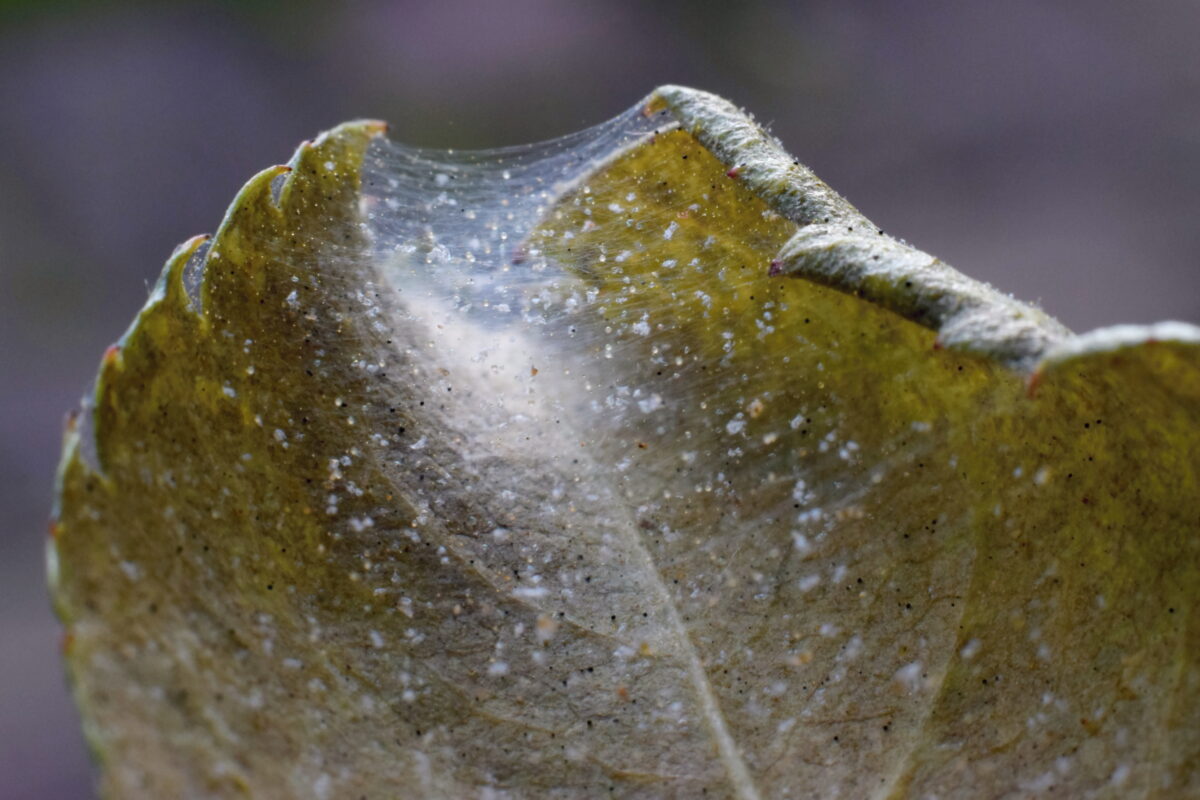Blog, What's Wrong With My Trees?
What Plants Are Affected By Spider Mites?
Spider mites are pests in the Tetranychidae family, which includes spiders. They are so small that you need a magnifying glass to see them clearly, but their presence is unmistakable with the webs they spin around the plants they feed on. They look like small black dots to the naked eye, with the females being larger than the males.
Here’s what you should know about spider mites, your plants, and how to keep these pests away.
Spider Mites Aren’t Picky About The Plants They Infest
When it comes to what plants spider mites prefer, they aren’t picky. They will feed on fruit trees, vegetables, ornamentals, and more for their chlorophyll. But those plants that are especially susceptible include:
- Spruce
- Honeylocust
- Arborvitae
- Cedar (Juniper)
- Boxwood
A spider mite infection symptoms include their tell-tale webs and weakened foliage that has yellowed or bronzed.
If you suspect that you have plants vulnerable to a spider mite infestation, contact an ISA Certified Arborist at Hansen’s Tree Service to schedule a plant health care appointment.
Plant Plants That Can Resist Spider Mites
Though they’re not picky, spider mites will shy away from plants in the Allium genus; think chives, onions, garlic, and leek. Planting resistant plants can help keep spider mite populations down and take preventive measures like hosing the leaves down to knock them off. An ISA Certified Arborist can also apply horticultural oils in the late winter to suffocate the eggs.
Schedule a hassle-free plant health care and diagnosis consultation to determine when and if your trees can benefit from horticultural oils.
